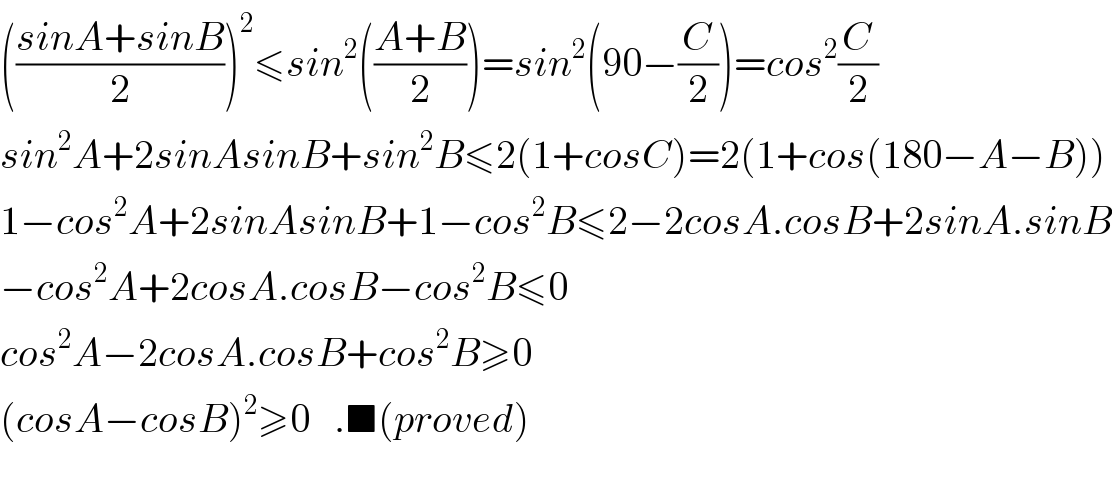
Question and Answers Forum
Question Number 13201 by Tinkutara last updated on 16/May/17
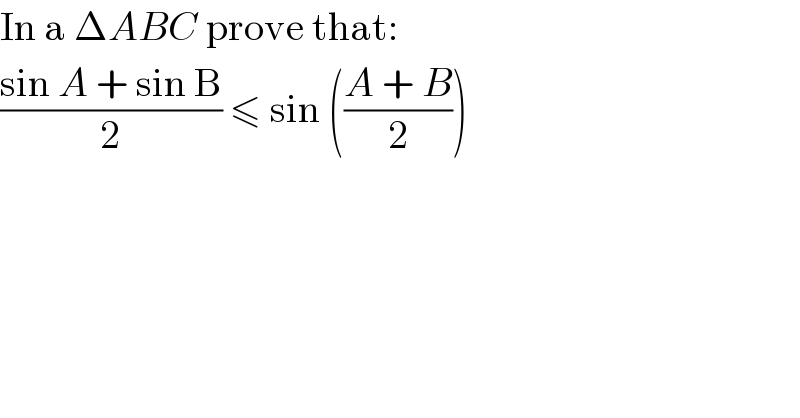
Commented by ajfour last updated on 16/May/17

Answered by ajfour last updated on 16/May/17
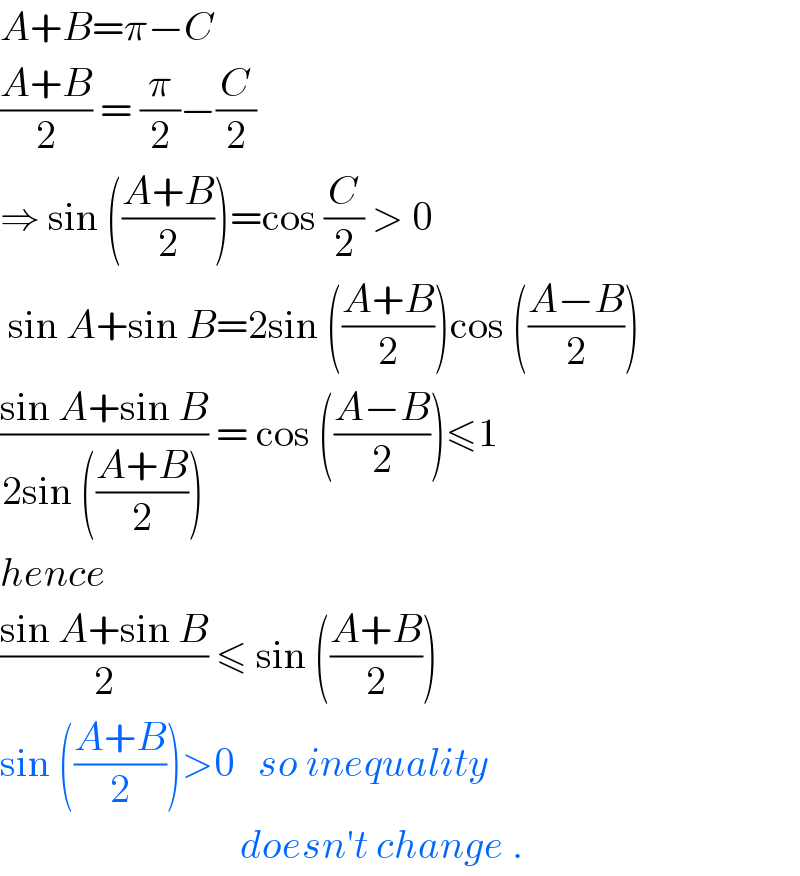
Answered by b.e.h.i.8.3.4.1.7@gmail.com last updated on 16/May/17

Answered by b.e.h.i.8.3.4.1.7@gmail.com last updated on 16/May/17
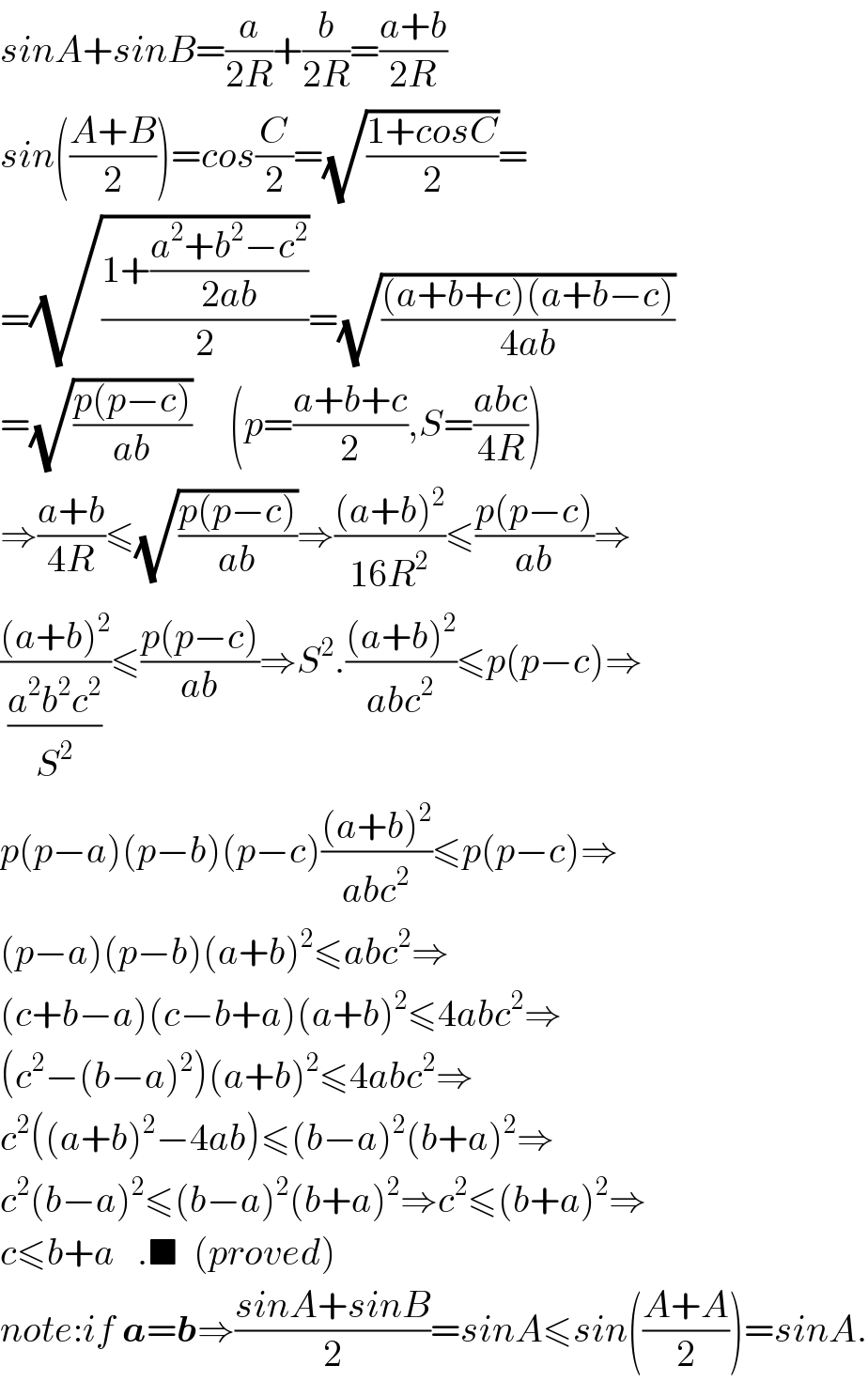
Answered by b.e.h.i.8.3.4.1.7@gmail.com last updated on 16/May/17
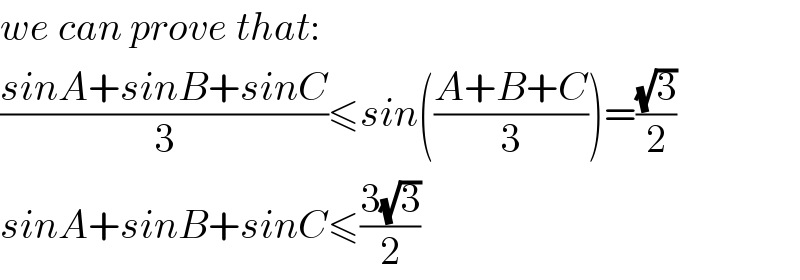
Answered by b.e.h.i.8.3.4.1.7@gmail.com last updated on 16/May/17
